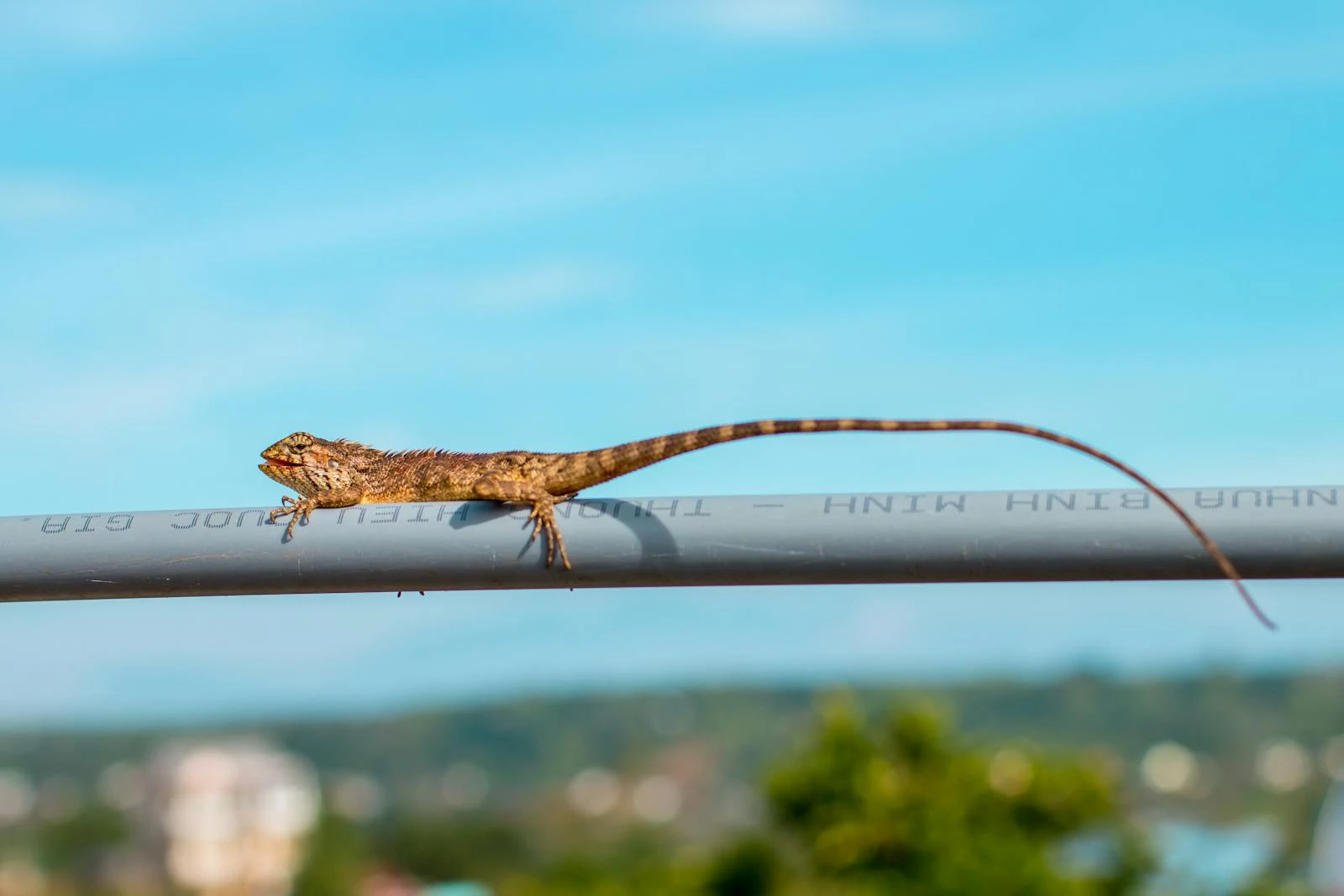Introduction PPR Pipe
In the realm of plumbing and piping systems, PPR (Polypropylene Random Copolymer) pipes have emerged as a leading choice for various applications. Known for their durability, resistance to corrosion, and ease of installation, PPR Pipe are becoming increasingly popular in Bangalore. This article will delve into the benefits, applications, and sourcing of PPR pipe fittings in Bangalore, along with addressing common queries related to PPR pipes.
What Are PPR Pipe?
PPR pipes are made from a type of plastic called polypropylene, specifically designed for various plumbing needs. These pipes are known for their ability to handle high temperatures and pressures, making them suitable for a wide range of applications.
Key Characteristics of PPR Pipe
- Corrosion Resistance: Unlike metal pipes, PPR pipes do not rust or corrode, ensuring a longer lifespan.
- Thermal Resistance: They can withstand high temperatures, making them ideal for hot water systems.
- Lightweight: PPR pipes are significantly lighter than their metal counterparts, facilitating easier handling and installation.
- Non-Toxic: Safe for drinking water, PPR pipes do not leach harmful substances.
- Durability: With proper installation, PPR pipes can last over 50 years.
Advantages of PPR Pipe Fittings
1. Cost-Effective Solution
PPR pipe fittings are generally more affordable than metal fittings. Their lightweight nature reduces transportation costs, and the simple installation process can save on labor costs.
2. Easy Installation Process
The installation of PPR fittings involves a fusion welding process that creates a strong, leak-proof joint. This process is straightforward and requires minimal tools.
3. Low Maintenance Requirements
PPR pipes are resistant to corrosion and scaling, leading to lower maintenance needs over time. This property not only saves money but also reduces inconvenience.
4. Eco-Friendly Choice
PPR pipes are recyclable and contribute to sustainability efforts. Their long lifespan means fewer replacements and less waste.
Applications of PPR Pipe Fittings
1. Residential Plumbing
PPR pipes are widely used in residential plumbing systems for both hot and cold water supply. Their reliability and efficiency make them an excellent choice for modern households.
2. Industrial Applications
In industrial settings, PPR pipes are often used for transporting chemicals, water, and other fluids due to their resistance to various chemical reactions.
3. HVAC Systems
PPR fittings find applications in heating, ventilation, and air conditioning (HVAC) systems, where their durability and thermal resistance are essential.
4. Agricultural Use
In agriculture, PPR pipes are used in irrigation systems, offering durability and efficiency in water delivery.
5. Fire Fighting Systems
PPR fittings are increasingly utilized in fire-fighting systems due to their ability to withstand high temperatures and non-combustibility.

Sourcing PPR Pipe Fittings in Bangalore
With Bangalore’s rapid infrastructure growth, sourcing PPR pipe fittings has become easier than ever. Here are some tips for finding quality products:
1. Local Suppliers
Local hardware stores and plumbing supply shops can provide immediate availability of PPR fittings. Engaging with local vendors often leads to better service and support.
2. Online Marketplaces
Many suppliers in Bangalore offer their products through online platforms such as Amazon, IndiaMart, and others. When purchasing online, always check reviews and ratings to ensure product quality.
3. Manufacturer Websites
Contacting manufacturers directly can yield better pricing and detailed product specifications. Many manufacturers offer bulk discounts for contractors and businesses.
4. Trade Shows and Exhibitions
Attending trade shows related to construction and plumbing can provide insights into the latest trends in PPR fittings and opportunities to network with suppliers.
Installation Process of PPR Pipe Fittings
Tools Needed
- PPR pipe cutter
- Heat gun or fusion welding machine
- Measuring tape
- Marking pen
- Safety gear (gloves, goggles)
Step-by-Step Installation Guide
- Measure and Cut: Measure the desired length of the pipe and use a pipe cutter to achieve a clean cut.
- Clean the Ends: Ensure that the ends of the pipes and fittings are clean and free from any debris.
- Heat the Fittings: Use a heat gun or fusion welding machine to heat the ends of the pipe and fitting until they are soft.
- Join the Components: Quickly join the heated pipe and fitting together, ensuring proper alignment.
- Allow to Cool: Let the joint cool undisturbed for optimal bonding.
- Test for Leaks: After cooling, test the installation by running water through the system.
Maintenance Tips for PPR Pipe Fittings
- Regular Inspections: Periodically check for any signs of wear or damage.
- Avoid Extreme Heat: Ensure pipes are not exposed to excessive temperatures that could compromise integrity.
- System Flushing: Regularly flush the system to prevent sediment build-up.
Conclusion
PPR pipe fittings present a versatile and reliable solution for various plumbing applications. Their advantages in terms of cost, durability, and ease of installation make them increasingly popular in Bangalore. As the city continues to grow and modernize, understanding the benefits and applications of PPR pipes will help homeowners and businesses make informed decisions.
FAQs About PPR Pipe Fittings
- What is the lifespan of PPR pipes? PPR pipes can last over 50 years with proper installation and maintenance.
- Are PPR pipes safe for drinking water? Yes, PPR pipes are non-toxic and safe for transporting drinking water.
- Can PPR pipes be used for both hot and cold water? Absolutely! PPR pipes are suitable for both hot and cold water systems.
- How do I repair a damaged PPR pipe? You can repair a damaged PPR pipe by cutting out the affected section and replacing it with a new piece using fusion welding.
- Are PPR fittings compatible with other types of pipes? PPR fittings are generally compatible with specific types of fittings, but it’s essential to check compatibility before installation.